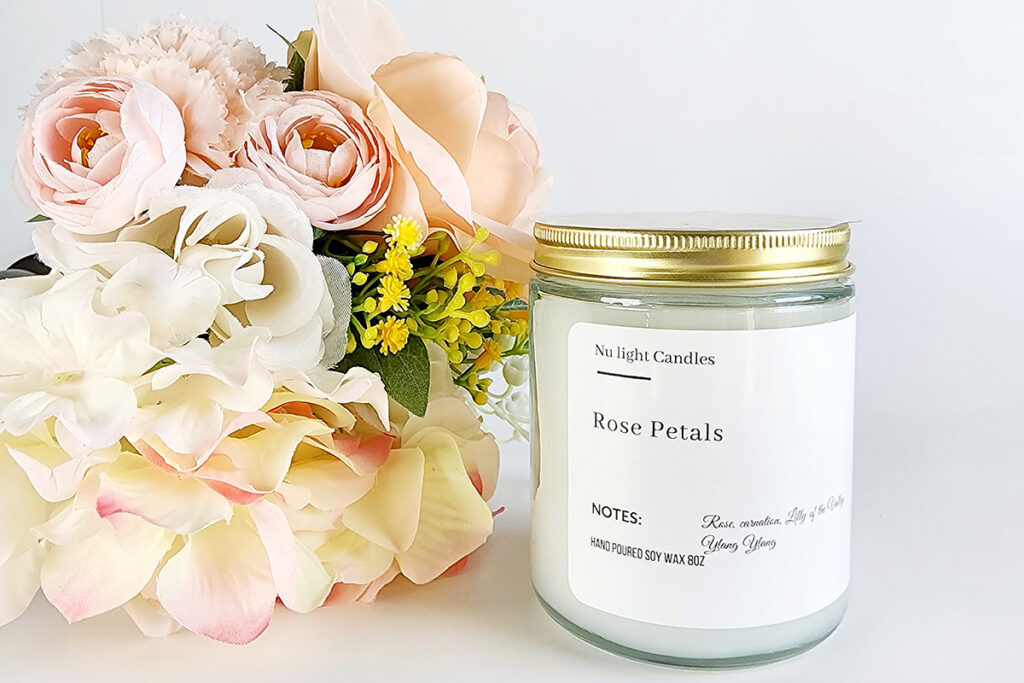If you were lucky, you got some gardening gifts for the holidays, maybe some books or tools to put to use in 2015. The cold weather of late winter is the perfect time to do some gardening daydreaming, perusing seed catalogs and planning, but there are also plenty of tasks you can begin doing right now to give your garden a good start this year.
Dr. Lillian Chou, a lifetime gardener, encourages others to dig in: “San Antonio has year-round growing seasons. So go ahead with planting.” And working outdoors is fun, she says. “Anyone can participate and enjoy the process as well as the fruits of their labor.” There are many local resources to help area gardeners: Green Spaces Alliance of South Texas, Bexar County Master Gardeners, Texas A&M Cooperative Extension and the San Antonio Botanical Garden.
Michelle Gorham, assistant community gardens program manager for Green Spaces Alliance, shares winter gardening tips:
Harvesting:
Enjoy any crops that have grown throughout the winter. If you planted lettuce, peas, mustard greens, broccoli, cauliflower, radishes, beets, kohlrabi, carrots and spinach in the fall, you should be harvesting on a regular basis and adding fresh produce to your culinary repertoire.
Maintenance:
Gear up for spring by amending beds with finished compost. Add a layer of mulch to the fallow bed and reduce weeds. The mulch will also continue to break down and add organic matter for good soil texture and water retention. Prune roses in mid-February. Many rosarians suggest that people prune by Valentine’s Day to help them remember. This is a great time to remove dead branches and branches that crisscross or to tame rose bushes that are overgrown. Clean out the center portion of the bush to help with air circulation to reduce chances of fungal disease like black spot. With well-sharpened pruners and sturdy gloves, prune healthy canes ¼ inch above a bud to encourage new growth. Prune nonwoody ornamental perennial tops if they appear dead from winter freezes.
Planting:
Plant the following varieties from seed directly into the garden: peas, lettuce, radishes, parsley, carrots, beets, Swiss chard and cilantro.
Add a touch of “perenniality” to your yard or garden space and plant bare-root fruit trees in January and early February. Perennial crops such as fruit trees and blackberries add diversity to your harvest and make your edible yard more sustainable.
Plant asparagus crowns in January. Crowns are the dormant root system with green top growth lying in wait. Varieties that are often found in local San Antonio nurseries are Mary Washington and UC-157. Deeply tilled garden soil is a must so that crowns can be planted in 10- to 12-inch-deep trenches.
Plant onion transplants or “sets” by the end of January. Use short-day varieties such as White Bermuda, 1015Y, Texas Super Sweet, Yellow Granex and Hybrid Southern Belle Red. Onions need a deeply worked, well-drained soil amended with plenty of finished compost. Fertilize initially with an organic fertilizer that has a high phosphorus (second number) content.
Plant your last round of cool-season transplants by early February. Broccoli, collards, kale and cauliflower are the best candidates since Brussels sprouts and cabbage won’t have time to develop before warm weather causes bolting.
Get a jump on the spring season by starting cold tender species indoors by seed. Tomato, eggplant and pepper seedlings can be supported temporarily in a very sunny, warm indoor space or greenhouse. Transplant outside in the garden after March 1.
Plant seed potatoes into beds with loose, rich soil that is about 12 inches deep. The rule of thumb is to plant by Presidents Day in February. Find locally appropriate seed potato varieties at reputable nurseries.





